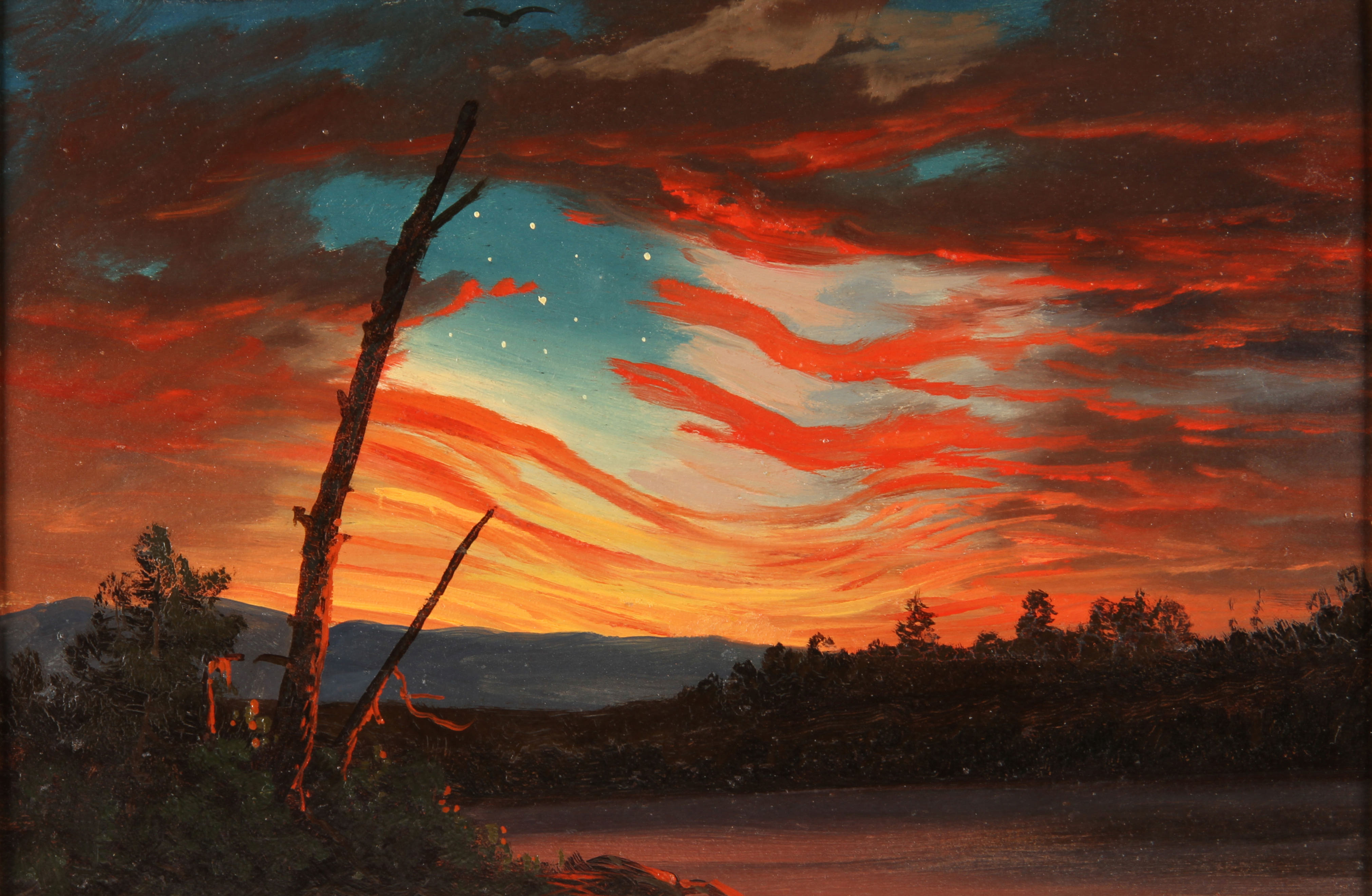Stop taking snapshots you’ll never use and start sketching instead.
 |
| Collapsing shed, 9X12, oil on canvasboard, Carol L. Douglas, $696 unframed, 25% off this week. |
“The photograph lies but my sketch yells the truth,” I told my student, and then gawped at what I’d just said. In our culture, we talk about ‘photographic proof’ as if it is an absolute. If you’re looking for evidence to nail a drug dealer or your philandering husband, photographs are great—although by now we all know they can be manipulated.
For guiding a painting, photos have their limits. They distort distance and spatial relationships. Modern point-and-shoot cameras (especially cell phones) blow contrast up, because that’s what buyers like. In exchange, subtle value shifts disappear.
“Great!” you answer. “You’re always telling me that paintings are an interplay of light and dark, warm and cool, so exaggerating the value structure will help, right?”
Unfortunately, the exaggeration of light and dark happens at the expense of warm and cool. On Wednesday, I painted a sketch of lupines in a field, above. There was a soft haze of mauve at the far edge of the field, created (I assume) by the immature seed heads of the grasses. In the foreground, rain-beaten weeds reflected a cool aquamarine. The light shining through the lupine leaves was yellow-green. I recorded those color shifts as accurately as I could.
 |
| My snapshot. Who would be interested in painting that wall of green? |
Compare that to my snapshot of the scene. All those subtle shifts in color are washed away. We are left with a wall of green that would be horribly uninteresting in a painting. The subtle shifts in color that make lupines so beautiful are all washed out; in fact, they’re ugly in the photo. There’s nothing in this photo that would inspire me to paint.
 |
| Pincushion distortion from a telephoto lens. |
Cameras are great at creating depth in the picture frame; excessively so, in fact. Cell phones are made with wide-angle lenses so we can all crowd into our selfies. Wide angle lenses expand space. Objects look further apart and more distant than normal. This exaggerates the size difference between the foreground and background, creating an illusion of greater depth than is really there.
That’s great for photos of the Rockies. It makes for laughable results when shooting pictures of the Bidens with the Carters. It also makes your photos of a barn in the middle-distance appear flat and uninteresting.
But let’s say you’re a keen photographer and you’ve invested in a top-end Nikon with interchangeable lenses (as I did before my Argentina trip). You can also create equally-bad distortion with a telephoto lens. They compress space, making objects appear larger and closer together than normal. That spatial compression creates great abstractions, but it also distorts perspective.
 |
|
Prospettiva accidentale di una scala a tre rampe, eseguita con il metodo dei punti misuratori, 1995, Luciano Testoni, courtesy Wikipedia. |
The farther away we are from an object, the flatter the perspective. In the beautiful drawn example above, the top line is the horizon. The closer we get to the it (our furthest point), the flatter the lines get. So, if you take a photo of a beautiful building on a far hill with your 300 mm telephoto lens, the perspective will be flattened out of all recognition.
Photos have their place, but for recording impressions, working from life is always better. That means sketching instead of taking snapshots. The human brain has a remarkable capacity to interpret and interpolate information. We can access that quickly, with nothing more complex than a pencil and paper. In a world filled with lies, you can usually trust your own eyes to tell you the truth.


















